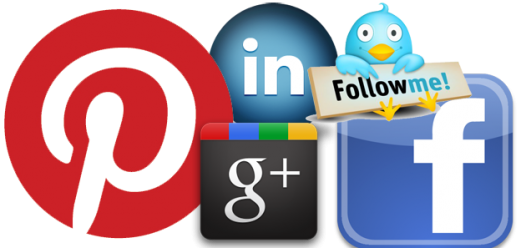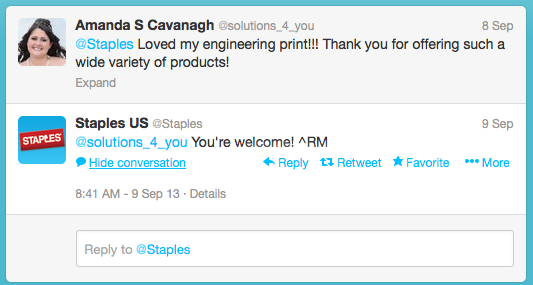
I currently have a full time position where I work with social media all day long. While I only manage one brand, there is a lot of research that goes into finding good content to post, plan for the next week, and so on. That being said, I check Facebook about 10 times a day. While I don’t check it right when I wake up unless it is the weekend, I work with Facebook and am on it constantly. While I manage a separate page, all of the groups I monitor are linked to my personal page and in checking all of them periodically, I also check in on what my friends are doing for a couple of minutes here and there.
My company logs every site that we go on and I think it is completely ethical to do so. I know that I am being tracked because I am constantly coming across sites that are blocked while I am doing research and I know that is monitored. Ethically, I think that as long as it is acknowledged that they will be tracked it is fine. I think that while it should be common sense that everything can be tracked, I think it should be written down in an employee contract so that people really do understand the implications of what they are doing. Unfortunately, people still do not understand what they are doing when they are on social media at work.
I personally have my place of work show on my Facebook and LinkedIn page, however I am also very focused on not posting anything inappropriate on social media. I feel that I am my own brand and I am my own advocate and if I do not think it is in my best interest, I don’t post it. I don’t think posting something about having a busy day or a stressful day is a bad thing, however posting about being drunk or any kind of lewd behavior would make me think that it might just be easier to not attach anything to my profiles.
While I think that there are some policies that are more strict, I do think that there should be some kind concept of not allowing social media to overwhelm their work mainly because social media is a major distraction. While some people can handle it properly and only check things occasionally as a break, some people truly are addicted to checking and monitoring social media and it can create a really stagnant work environment where not a lot of things are getting done.











